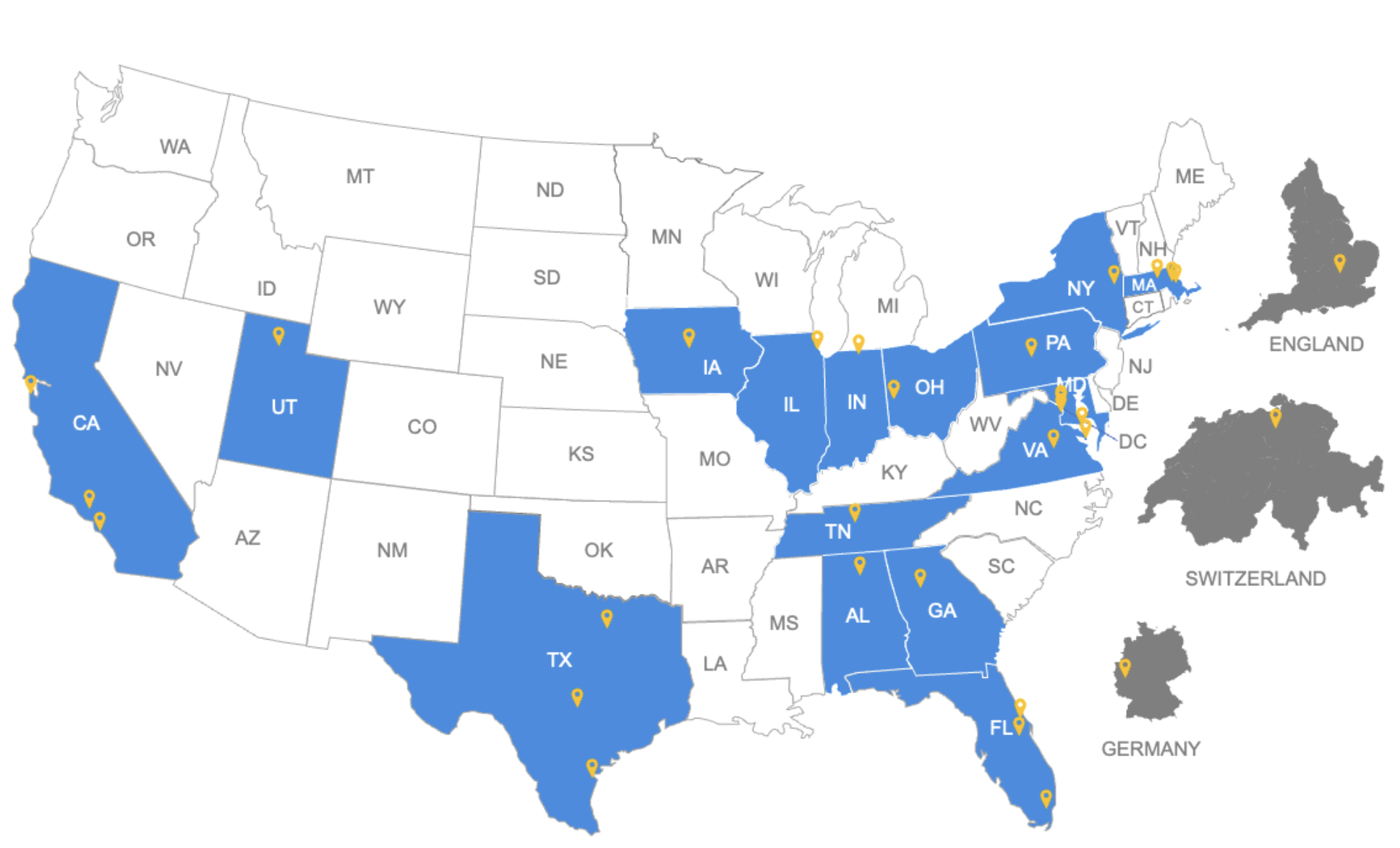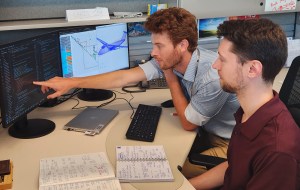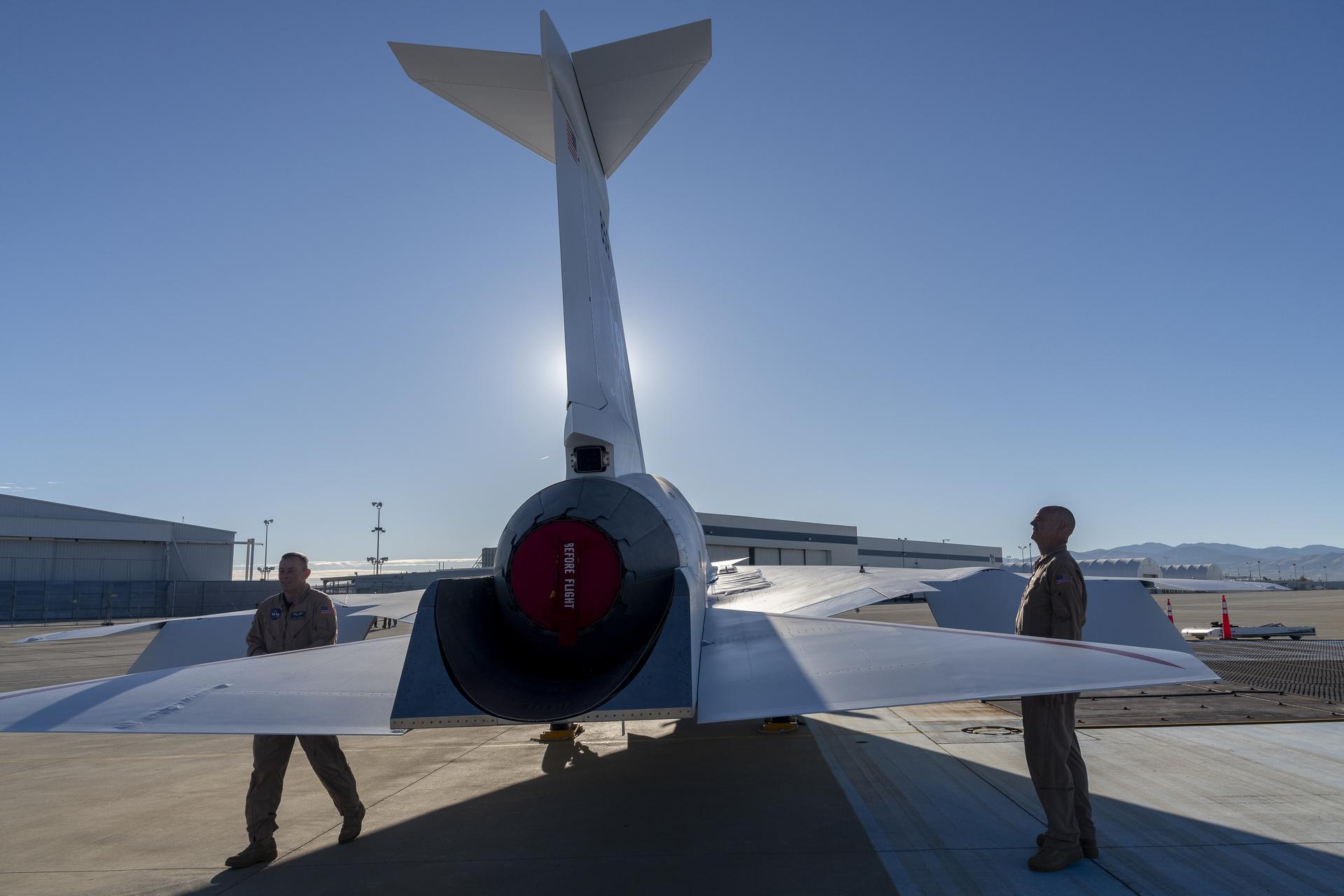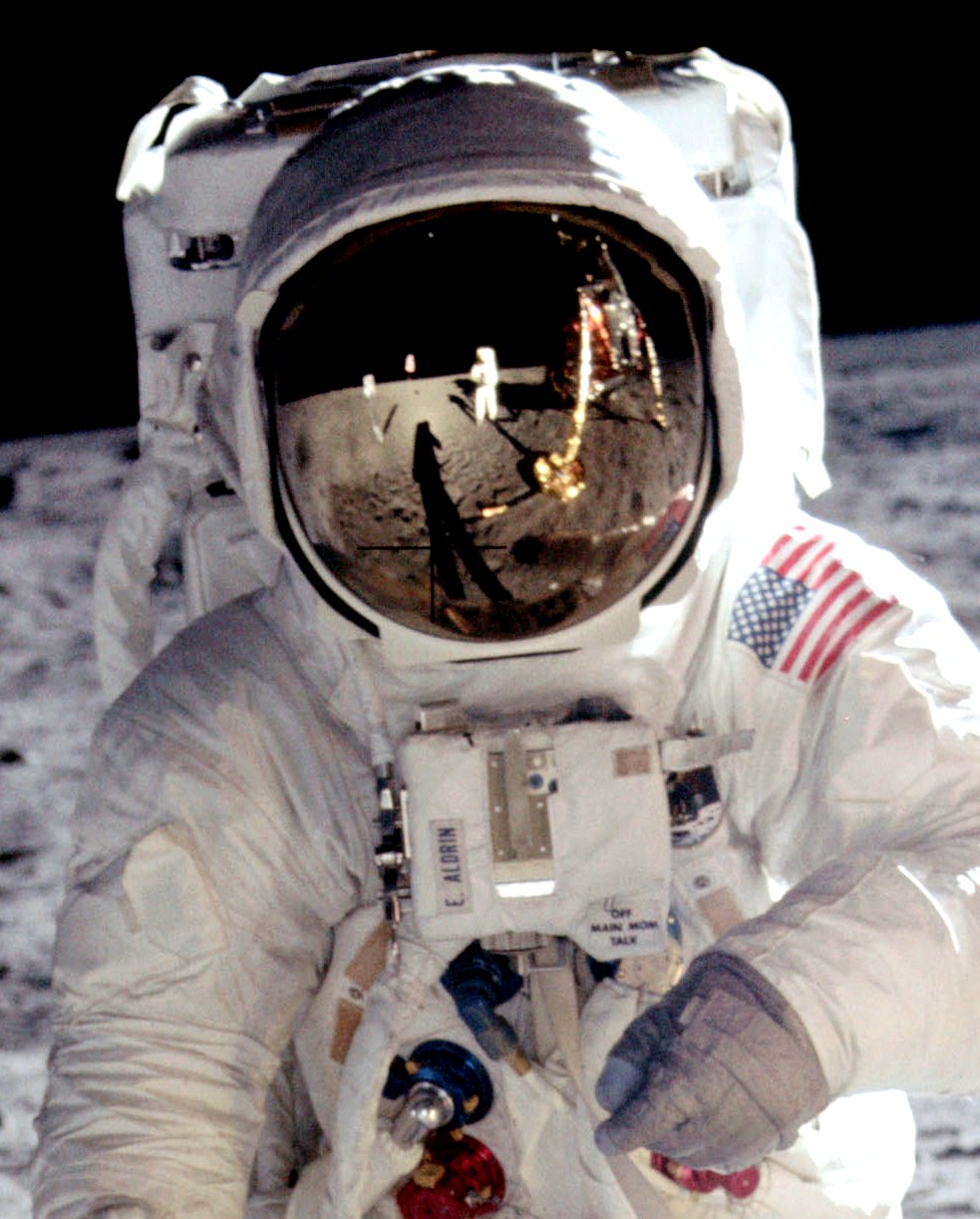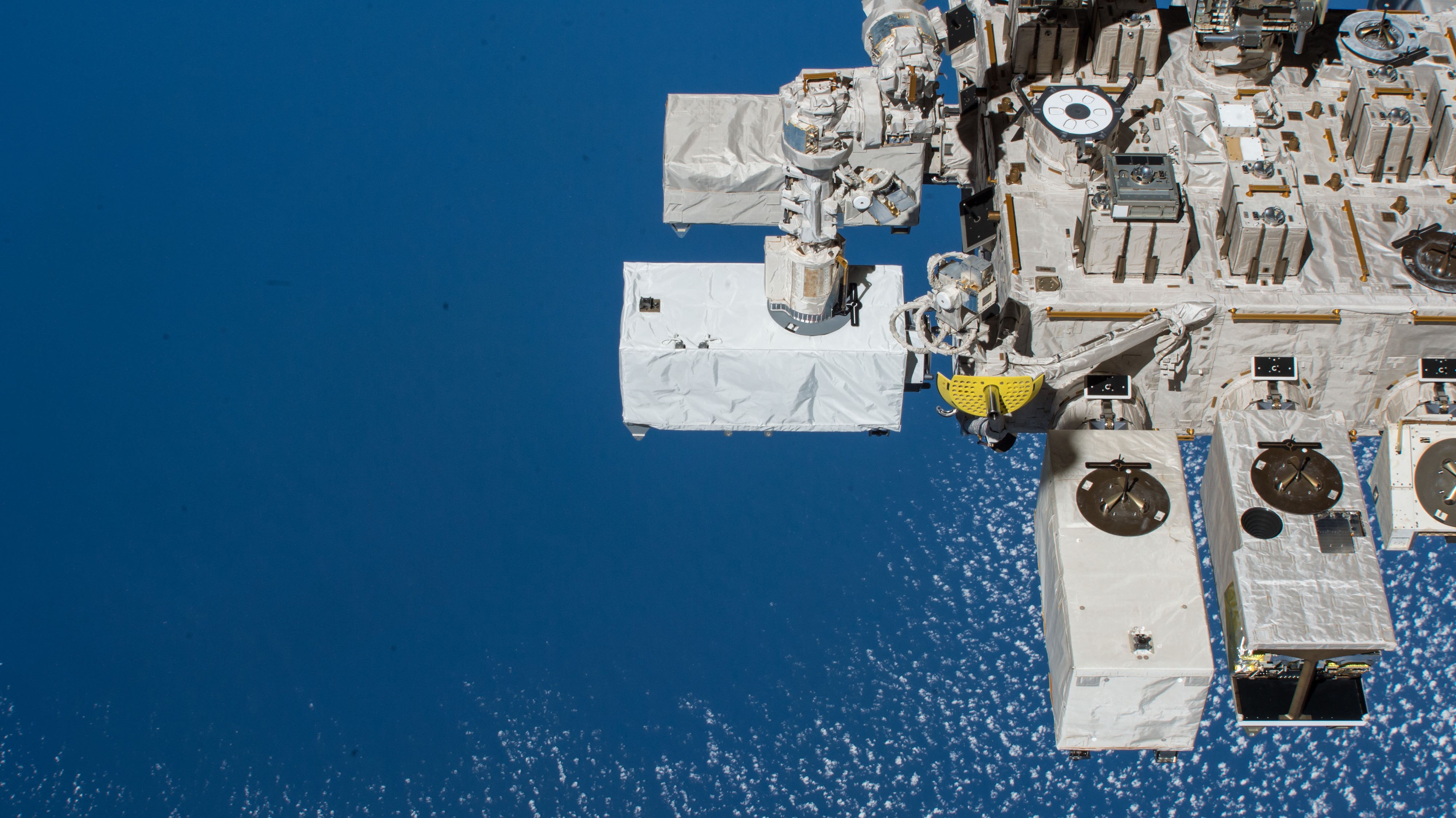System-Wide Safety Collaborations
NASA’s System-Wide Safety (SWS) project identifies and addresses safety threats to improve the efficiency of flight and access to airspace. This map shows the locations of companies, academic institutions, and other government agencies that collaborate with SWS to conduct world-class research to assure the safety of current and future aviation applications that improve the quality […]

3 min read
Preparations for Next Moonwalk Simulations Underway (and Underwater)
NASA’s System-Wide Safety (SWS) project identifies and addresses safety threats to improve the efficiency of flight and access to airspace. This map shows the locations of companies, academic institutions, and other government agencies that collaborate with SWS to conduct world-class research to assure the safety of current and future aviation applications that improve the quality of life for all humankind.
Note: Location on the map is based on the formal signed agreement. However, SWS also collaborates with additional locations not shown on the map.
System-Wide Safety Collaborations
Air Force Research Laboratory Aerospace Systems Directorate
Arlington, Virginia
AIRT, Inc
Miami, Florida
American Airlines
Fort Worth, Texas
Boeing
Huntsville, Alabama
Huntington Beach, California
Delphire
Pasadena, California
Delta Airlines
Atlanta, Georgia
easyJet Airline Company
Luton, England
Embry-Riddle Aeronautical University
Daytona Beach, Florida
General Electric Company
Niskayuna, New York
George Washington University (GWU)
Washington, D.C.
German Aerospace Center (DLR)
Cologne, Germany
Iowa State
Ames, Iowa
Texas A&M University
Corpus Christi, Texas
Longbow
Hampton, Virginia
Massachusetts Institute of Technology (MIT)
Cambridge, Massachusetts
MIT/Lincoln Labs
Lexington, Massachusetts
Mitre
Bedford, Massachusetts
National Institute of Standards and Technology (NIST)
Gaithersburg, Maryland
Northrop Grumman
Roy, Utah
Notre Dame
South Bend, Indiana
Ohio Department of Transportation (ODOT)
Springfield, Ohio
Penn State
State College, Pennsylvania
SkyGrid
Austin, Texas
Swiss International Airlines (SWISS)
Zurich, Switzerland
United Airlines
Chicago, Illinois
University Of Central Florida (UCF)
Orlando, Florida
University of Texas – Austin
Austin, Texas
Vanderbilt University
Nashville, Tennessee
Virginia Commonwealth University (VCU)
Richmond, Virginia
Xwing
San Francisco, California
NASA Contacts
Agreements and Partnerships
Megan Ritter
megan.p.ritter@nasa.gov
Media Inquiries
Kaitlyn Fox
kaitlyn.d.fox@nasa.gov
About NASA’s System-Wide Safety Project
SWS evaluates how the aerospace industry and aircraft modernization impact safety by using the latest technology to address potential risks associated with technical advancements and other emerging aviation operations.
Using this data, the project develops innovative solutions to assure safe, rapid, and scalable access to the commercial airspace.
SWS focuses on two significant project goals:
- Explore, discover, and understand the impact on safety of growing complexity introduced by modernization aimed at improving the efficiency of flight, the access to airspace, and the expansion of services provided by air vehicles.
- Develop and demonstrate innovative solutions that enable this modernization and the aviation transformation envisioned for global airspace system through proactive mitigation of risks in accordance with target levels of safety
SWS is developing the concept and recommended requirements for an assured In-Time Aviation Safety Management System that enables safe, rapid, and scalable access to a transformed National Airspace System.
SWS also:
- Performs research and development focused on exploring, discovering, and understanding the impact of industry and aircraft modernization on safety.
- Evaluates operations in the future NAS to identify new risks and hazards that must be effectively managed.
- Focuses on a safety framework to assure the safety of current and future operations in the National Airspace System.
The SWS project is part of NASA’s Airspace Operations and Safety Program under the agency’s Aeronautics Research Mission Directorate.
Share
Details
Related Terms
What's Your Reaction?



















.jpg?#)























